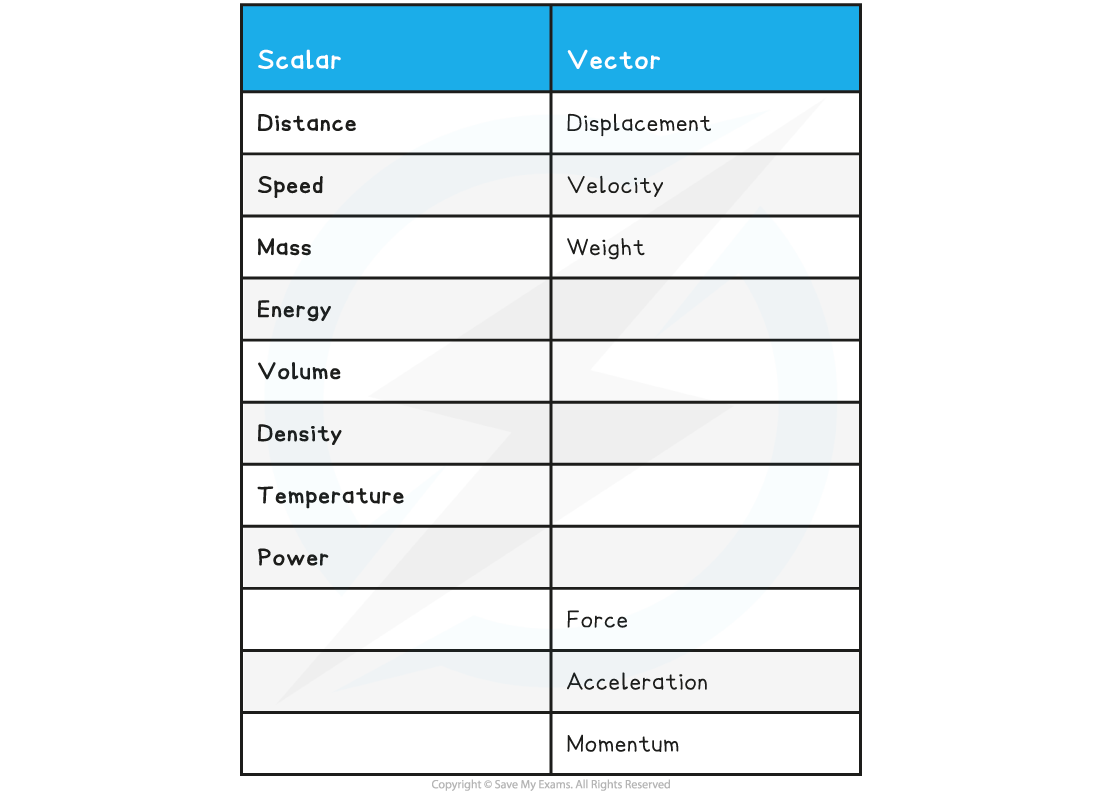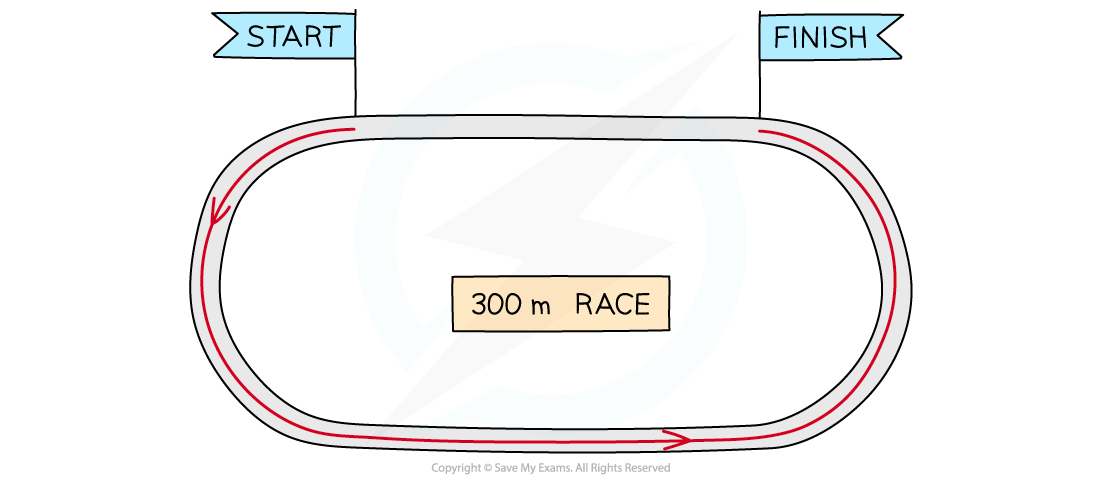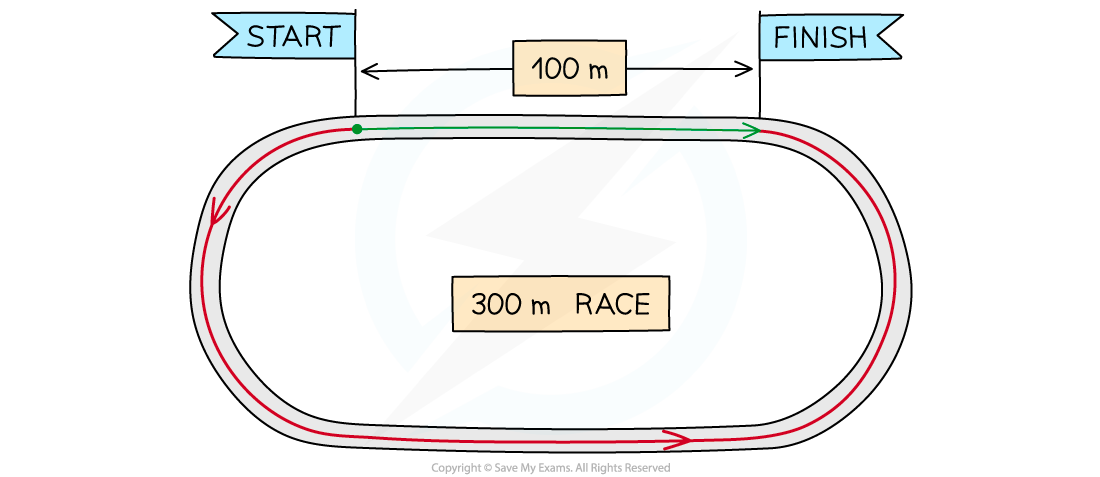Scalars & Vectors (OCR GCSE Physics A (Gateway)) : Revision Note
Scalars & Vectors
All quantities can be one of two types:
A scalar
A vector
Scalars
Scalars are quantities that have only a magnitude
For example, mass is a scalar since it is a quantity that has magnitude without a direction
Distance is also a scalar since it only contains a magnitude, not a direction
Vectors
Vectors have both magnitude and direction
Velocity, for instance, is a vector since it is described with both a magnitude and a direction
When describing the velocity of a car it is necessary to mention both its speed and the direction in which it is travelling
For example, the velocity might be 60 km per hour (magnitude) due west (direction)
Equivalently, the velocity might be –60 km per hour. In this case, the negative sign might indicate the car is travelling to the left, whereas a positive sign would indicate the opposite direction (to the right)
The table below lists some common examples of scalar and vector quantities:
Scalars & Vectors Table

Some vectors and scalars are similar to each other
For example, the scalar quantity distance corresponds to the vector quantity displacement
The table below compares some vector and scalar quantities related to moving objects
Table showing the difference between vector and scalar quantities

Difference between distance and displacement
Distance is a measure of how far an object travels
It is a scalar quantity - it has a size (magnitude), but the direction is not important
Consider a 300 m race:
From start to finish, the distance travelled by the athletes is 300 m

The athletes run a total distance of 300 m
Displacement is a measure of how far something is from its starting position, along with its direction
It is a vector quantity - it describes both magnitude and direction
Consider the same 300 m race again
The athletes still run a total distance of 300 m (indicated by the red arrow)
However, at the end of the race, their displacement is 100 m to the right of the starting point (indicated by the green arrow)
If they had run the full 400 m, their displacement would have been zero

The athletes run a total distance of 300 m, but end up 100 m from where they started
Worked Example
Blu is in charge of training junior astronauts. For one of his sessions, he would like to explain the difference between mass and weight.
Suggest how Blu should explain the difference between mass and weight, using definitions of scalars and vectors in your answer.
Answer:
Step 1: Recall the definitions of a scalar and vector quantity
Scalars are quantities that have only a magnitude
Vectors are quantities that have both magnitude and direction
Step 2: Identify which quantity has magnitude only
Mass is a quantity with magnitude only
So mass is a scalar quantity
Blu might explain to his junior astronauts that their mass will not change if they travel to outer space
Step 3: Identify which quantity has magnitude and direction
Weight is a quantity with magnitude and direction (it is a force)
So weight is a vector quantity
Blu might explain to his junior astronauts that their weight - the force on them due to gravity - will vary depending on their distance from the centre of the Earth
Examiner Tips and Tricks
To help you determine if a quantity is a scalar or vector, just think; can this quantity have a minus sign? For example, can you have a negative mass? No. Can you have negative displacement? Yes!
Make sure you are comfortable with the differences between similar scalars and vectors, the most commonly confused pairings tend to be:
Distance and displacement
Speed and velocity
Weight and mass

You've read 0 of your 5 free revision notes this week
Sign up now. It’s free!
Did this page help you?

